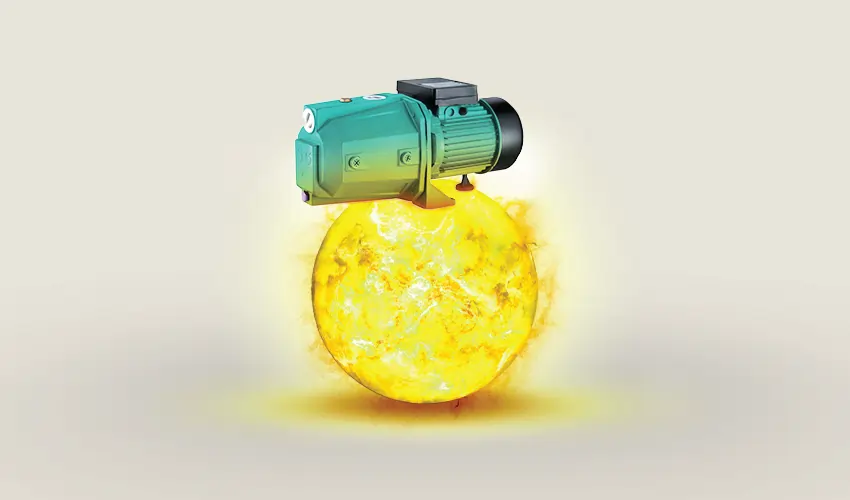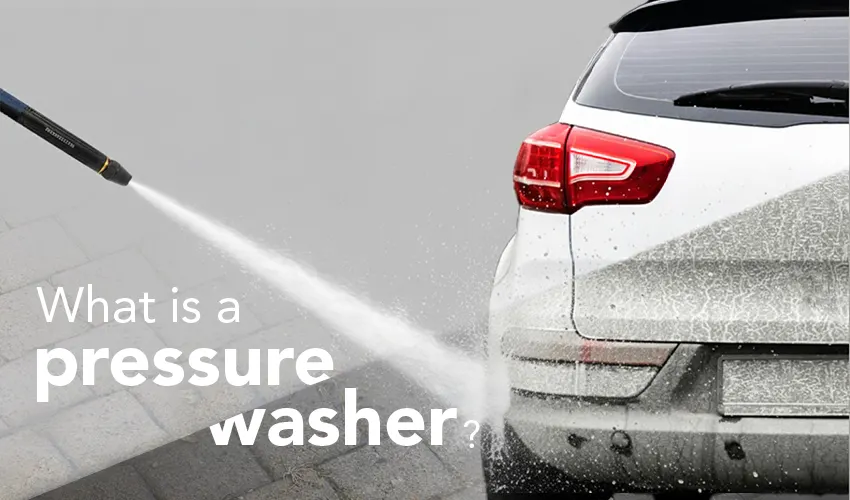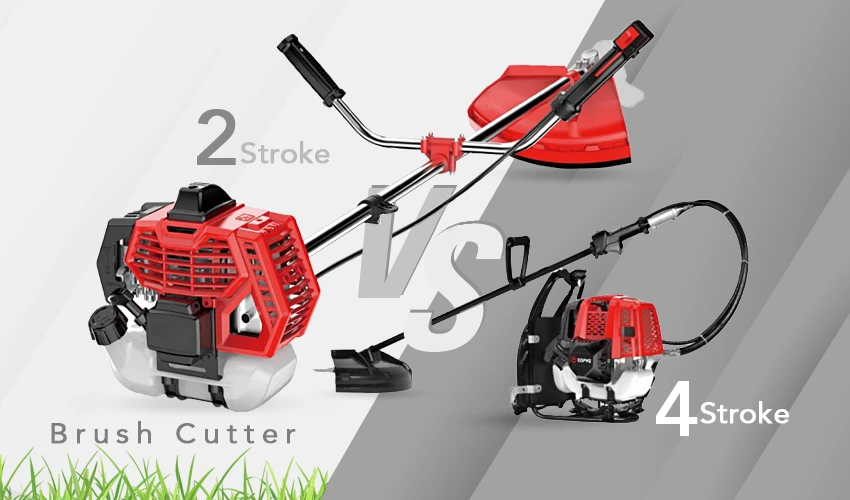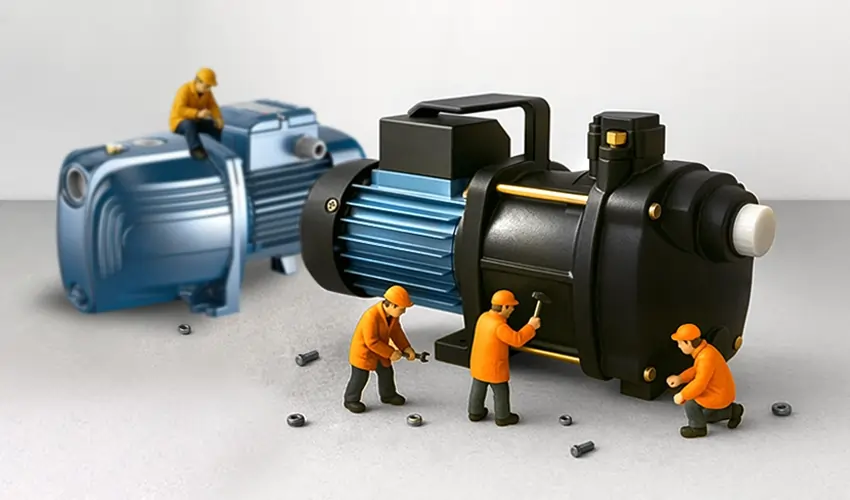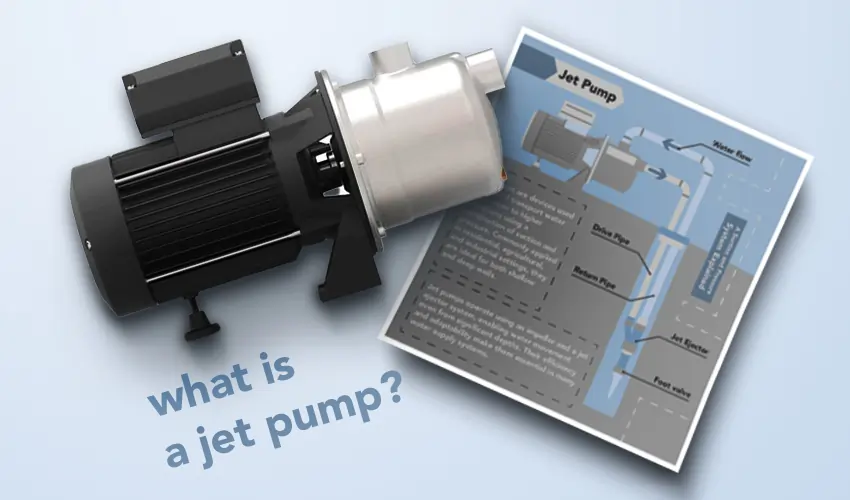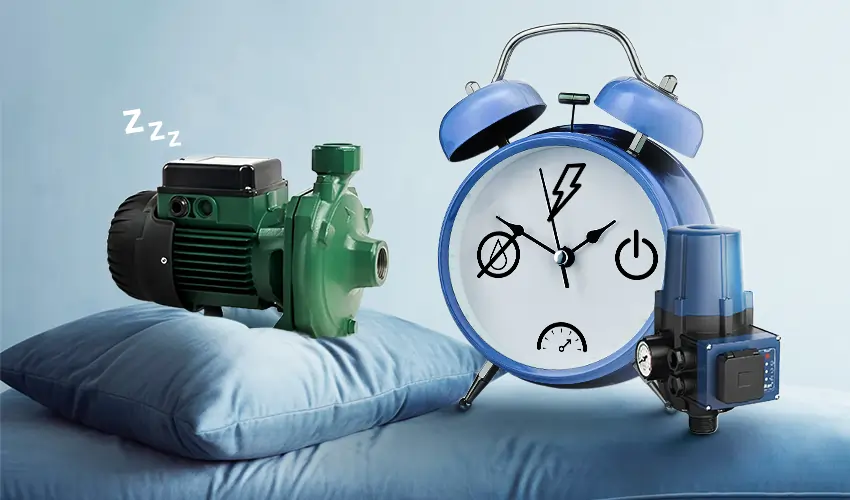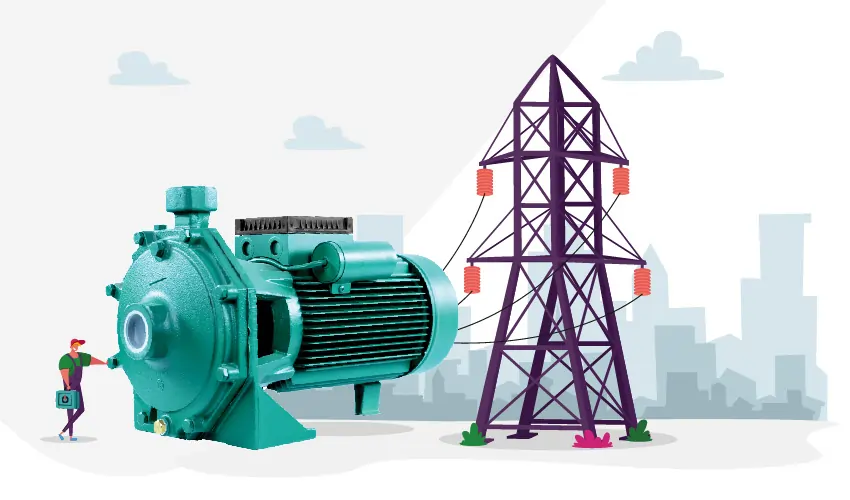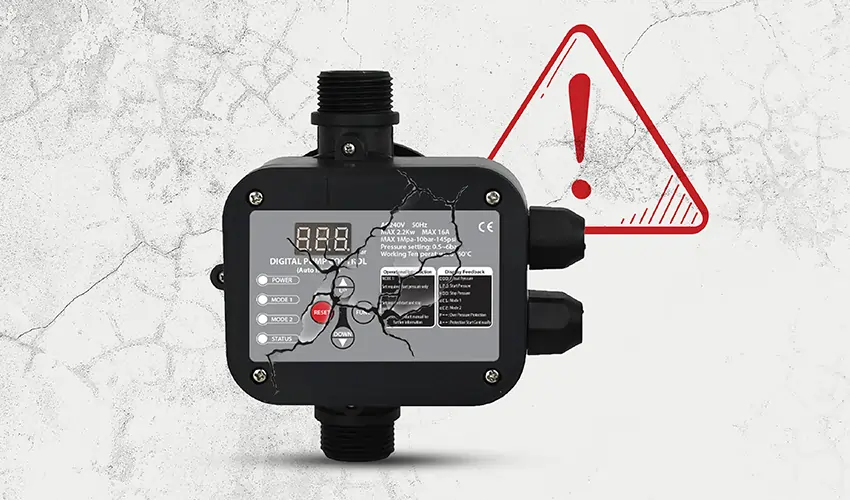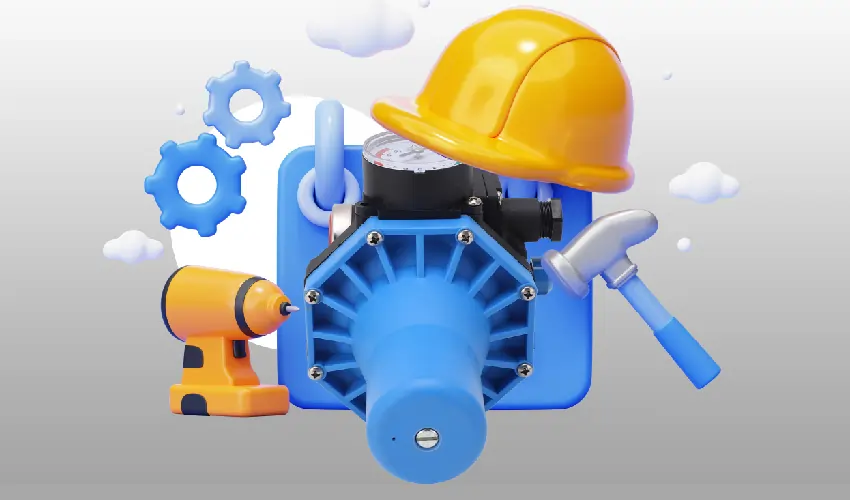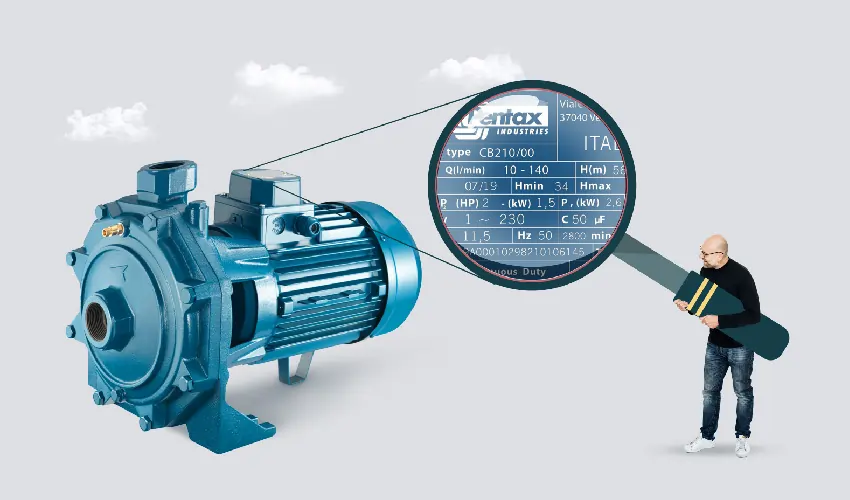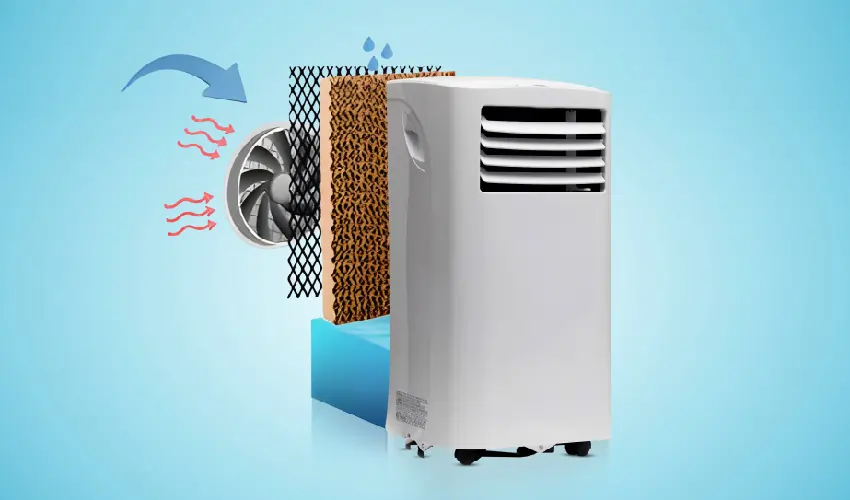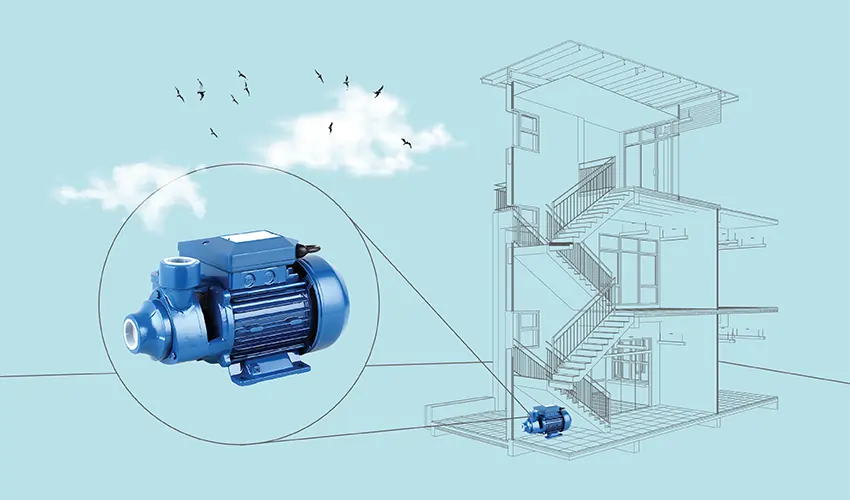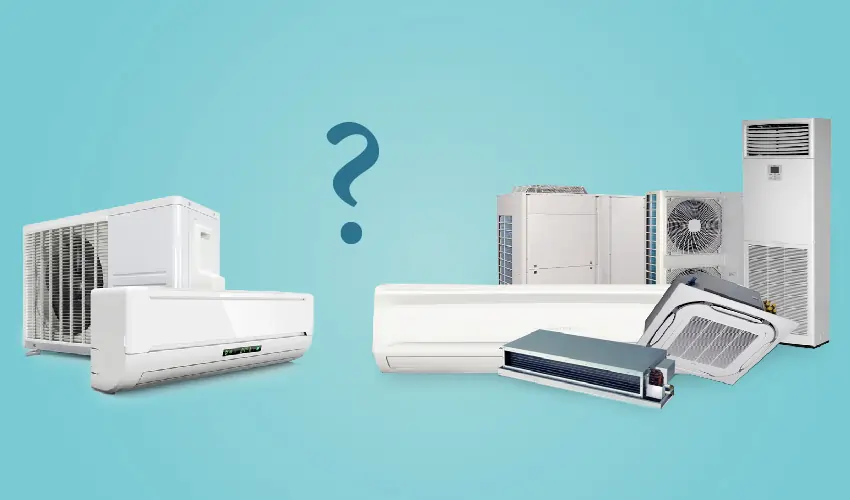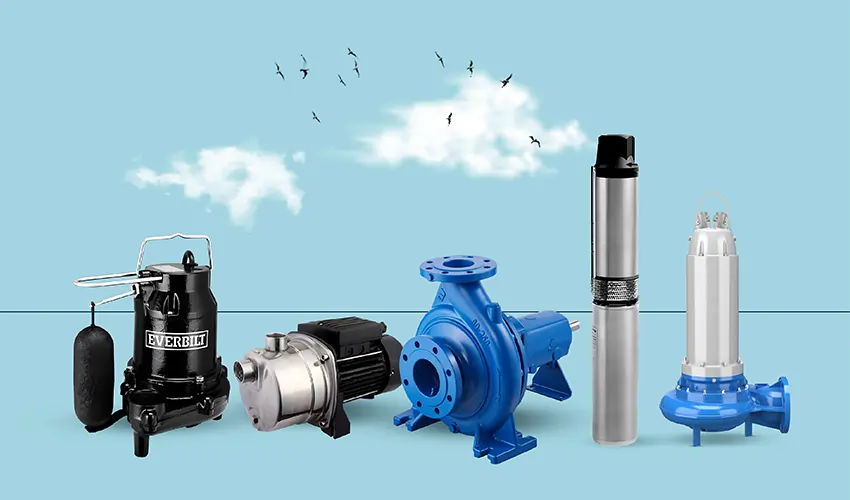Jet Pump Overheating
Jet pumps are commonly used in various applications to provide water supply for residential, commercial, and agricultural purposes. However, overheating can be a concern that affects the performance and reliability of these pumps. Preventing jet pump overheating is essential to ensure efficient operation, prevent damage, and extend the lifespan of the pump. By implementing preventive measures and following best practices, you can safeguard your jet pump from overheating and maintain a consistent and reliable water supply.
Common Issues in Jet Pumps
Overheating Symptoms of jet pump overheating can manifest in various ways, indicating potential issues with the pump or its operation. Common symptoms to watch for include:
1. Overheating Motor
The motor of the jet pump may become excessively hot to the touch. If you notice that the motor feels unusually hot or emits a burning smell, it could indicate overheating.
2. Tripped Circuit Breaker
Overheating can cause the circuit breaker associated with the pump to trip frequently. If you find that the circuit breaker consistently trips when the pump is in operation, it may be due to excessive heat buildup.
3. Decreased Performance
Overheating can lead to a decrease in the pump’s overall performance. You may observe reduced water pressure or flow rate, which could indicate that the pump is struggling to operate efficiently due to overheating.
4. Pump Cycling on and Off
If the pump starts to cycle on and off rapidly or inconsistently, it could be a sign of overheating. The pump may automatically shut down or restart to prevent further damage caused by excessive heat.
5. Strange Noises or Vibrations
Overheating can cause the pump’s components to expand or become misaligned, resulting in unusual noises or vibrations during operation. These abnormal sounds or vibrations may indicate that the pump is experiencing excessive heat.
6. Increased Energy Consumption
If you notice a significant increase in the pump’s energy consumption without a corresponding increase in water demand, it could be a sign of overheating. Overheating can lead to reduced efficiency, requiring the pump to work harder and consume more energy.
Causes of Jet Pump Overheating
Several factors can contribute to jet pump overheating. Here are some common causes to consider:
1. Insufficient Water Supply
If the jet pump is not receiving an adequate water supply, it can lead to overheating. Insufficient water flow can cause the pump to work harder, generating excess heat in the process.
2. Clogged or Restricted Intake
A clogged or restricted intake can impede the flow of water into the pump. This restriction increases the workload on the pump, resulting in overheating. Common causes of intake blockages include debris, sediment, or algae buildup in the intake pipe or screen.
3. Low Voltage or Electrical Issues
Inadequate voltage supply or electrical problems can cause the pump motor to operate at higher amperage, leading to increased heat generation. Issues such as loose wiring, faulty connections, or a damaged motor winding can contribute to overheating.
4. Overloading
Jet pumps have a maximum load capacity, and if the demand for water exceeds this capacity, it can overload the pump. Overloading can occur if there are multiple fixtures or outlets operating simultaneously, exceeding the pump’s rated capacity. Sustained overloading can cause the pump to overheat.
5. Impeller Damage or Wear
The impeller is a vital component of the pump that generates water flow. If the impeller is damaged, worn out, or obstructed by debris, it can impede water flow and increase the pump’s workload, resulting in overheating.
6. Incorrect Pump Sizing
Using a pump that is undersized for the intended application can lead to overheating. An undersized pump will need to operate at a higher capacity and work harder to meet the water demand, causing excessive heat buildup.
7. Mechanical Issues
Various mechanical issues, such as bearing wear, misalignment, or a seized pump shaft, can contribute to overheating. These issues can increase friction and reduce the pump’s efficiency, leading to heat generation.
8. Ambient Temperature
High ambient temperatures can impact the pump’s cooling ability. If the pump is located in a hot environment or lacks proper ventilation, it may have difficulty dissipating heat, resulting in overheating.
9. Continuous Operation
Operating the jet pump continuously without adequate rest periods can lead to overheating. Prolonged operation without sufficient breaks can cause the pump motor to overheat due to the continuous generation of heat.
10. Lack of Maintenance
Insufficient or neglected maintenance can contribute to pump overheating. Lack of regular cleaning, lubrication, and inspection can lead to issues such as clogged intakes, worn components, or inadequate cooling, resulting in overheating.
How to prevent Jet Pump Overheating
To prevent jet pump overheating and ensure its reliable operation, you can take the following preventive measures:
1. Ensure Sufficient Water Supply
Verify that the jet pump is receiving an adequate water supply. Insufficient water flow can cause the pump to work harder and overheat. Check for any restrictions or blockages in the intake pipe or screen and clean them regularly.
2. Proper Pump Sizing
Ensure that the jet pump is appropriately sized for the intended application. An oversized or undersized pump can lead to overheating. Consult with a pump professional to determine the correct pump size based on the required flow rate and pressure.
3. Maintain Electrical System
Ensure that the electrical system supplying power to the pump is in good condition. Check for proper voltage supply, secure wiring connections, and ensure that circuit breakers and fuses are appropriately sized and functioning correctly.
4. Allow Rest Periods
Avoid continuous operation of the jet pump without proper rest periods. If the pump is running for extended periods, consider implementing breaks to allow the motor to cool down. This practice helps prevent excessive heat buildup.
5. Regular Maintenance
Follow a routine maintenance schedule for the jet pump. This includes cleaning the intake screen, inspecting and lubricating moving parts, checking for leaks, and ensuring proper alignment. Regular maintenance helps to identify and address potential issues before they lead to overheating.
6. Monitor Ambient Temperature
Be aware of the ambient temperature around the pump. If the pump is located in a hot environment, consider providing adequate ventilation or insulation to prevent excessive heat buildup. Avoid placing the pump near heat sources that can further contribute to overheating.
7. Avoid Overloading
Do not exceed the pump’s rated capacity by operating multiple fixtures or outlets simultaneously if it exceeds the pump’s capabilities. Distribute water usage evenly to prevent overloading and overheating.
8. Monitor Pump Performance
Keep an eye on the pump’s performance, including water pressure, flow rate, and any unusual noises or vibrations. If you notice any changes or deviations from normal operation, investigate and address the issue promptly to prevent potential overheating.
9. Professional Inspection
Periodically have a qualified pump technician inspect the jet pump system. They can assess the pump’s condition, performance, and identify any potential issues that may contribute to overheating. Timely professional inspections can help prevent problems before they escalate.
Conclusion
In conclusion, preventing jet pump overheating is crucial for maintaining its optimal performance and avoiding potential damage or failure. By ensuring sufficient water supply, proper sizing, regular maintenance, monitoring the electrical system, allowing rest periods, and being mindful of ambient temperature, you can minimize the risk of overheating. Additionally, avoiding overloading and monitoring pump performance are essential for early detection of any issues. By implementing these preventive measures and seeking professional assistance when needed, you can promote the longevity and efficiency of your jet pump system.

